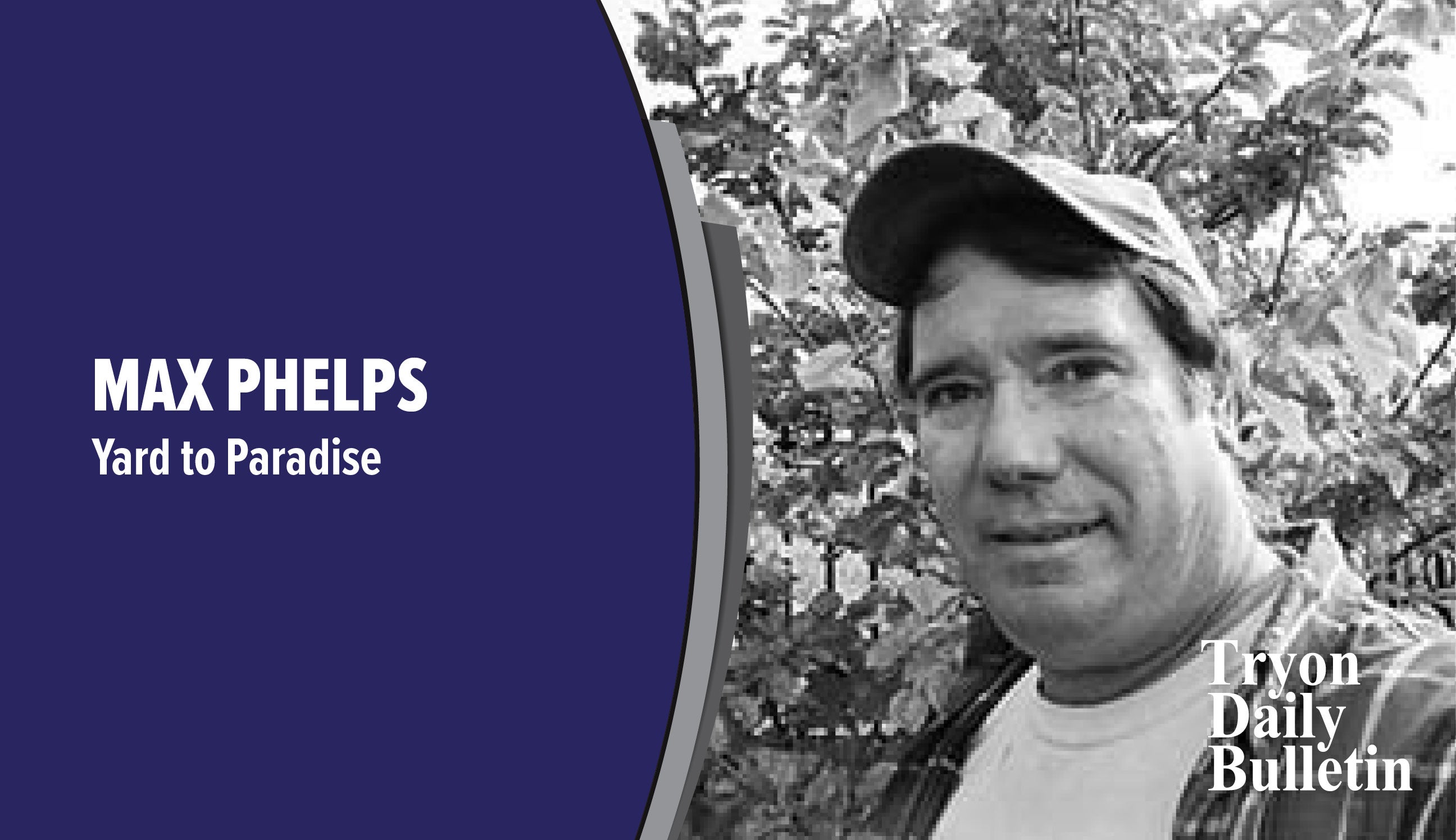Naturalistic landscaping
Published 12:01 pm Tuesday, September 27, 2022
|
Getting your Trinity Audio player ready...
|
Take any natural setting with native plants, unbothered by mankind, and there will be a great canopy layer of big trees. Under these are small trees. Then shrubs.
Also, there will be perennial flowering plants and annuals, plus maybe some grasses if enough light shines through for them.
Lastly, there’s the carpet layer, maybe covered with leaves or mulch, quite likely groundcover plants, and things that spread or crawl along the ground. Similar to that is the created naturalistic landscaping of a growing number of homeowners.
The idea we are exploring today is really about looking in nature for design ideas and attempting to duplicate that “forest edge” look. The concept is also referred to as “layering.”
One or several large or very large trees create the skyline. These frame the house, perhaps, or are a backdrop to everything. The concept could work for a section of a front yard, too. This works better if you have some existing trees to begin with, but if you don’t, choose and plant some native trees you know will grow well in your area and with your conditions. Carefully selected exotic or non-native trees can also be planted, singly or in a grouping.
Plants such as dogwood trees, laurel, rhododendrons, hemlock, spicebush, pawpaws, Carolina silverbell, American holly, serviceberry, vine maple, snake bark maple, and buckthorn work as understory trees and shrubs. Some are ok with deep shade, but most like a dappled shade.
Perennial plants for a natural setting might include ferns, wild ginger, bloodroot, coral bells, columbine, hellebores, lupines, bergamot, and hosta, plus some shade-loving grasses. (No, not the kind of grasses that have to be mowed regularly)
The ground cover layer will complete the scene. Some of the shrubs and perennials already mentioned can be groundcovers. Others are ivy, pachysandra, vinca, ajuga, mosses, liriope, Japanese forest grass, wintercreeper, and plumbago, and surely a few daffodils can be worked in here and there. Though daffodils and such need sun, they often get enough to do their thing before most forest trees leaf out and completely shade them later in the spring. Carefully putting them under the trees that are late to bud out in the spring can help with overcoming this issue.
Leaf mulch, pine bark, pine needles, ground hardwood mulch, or simply chipped wood can provide the final carpet layer for your project.
Apply these ideas to a small patch or corner of your yard. Or go all out, if you’re sure you’re ready for the full naturalistic look. Make yours into a natural-looking paradise of a yard.
The only way to get more natural would be to build a custom home in the woods and remove only what simply has to go to make space for the footprint of your new house. I’ve had the pleasure to create stoneworks and water features for a couple of these homes in the woods, and I can tell you they are special. The only downside I could see to it would be the possibility of a forest fire.
There are so many benefits to living with nature, among the trees and bees and birds and butterflies. Let your creative imagination run a bit wild and see what ideas come to mind for your place. Finally, seek help from trusted friends or professionals if creating beauty in the outdoors isn’t your forte.
The author is a landscaper. To call (606) 416-3911. Website: rockcastles.net



